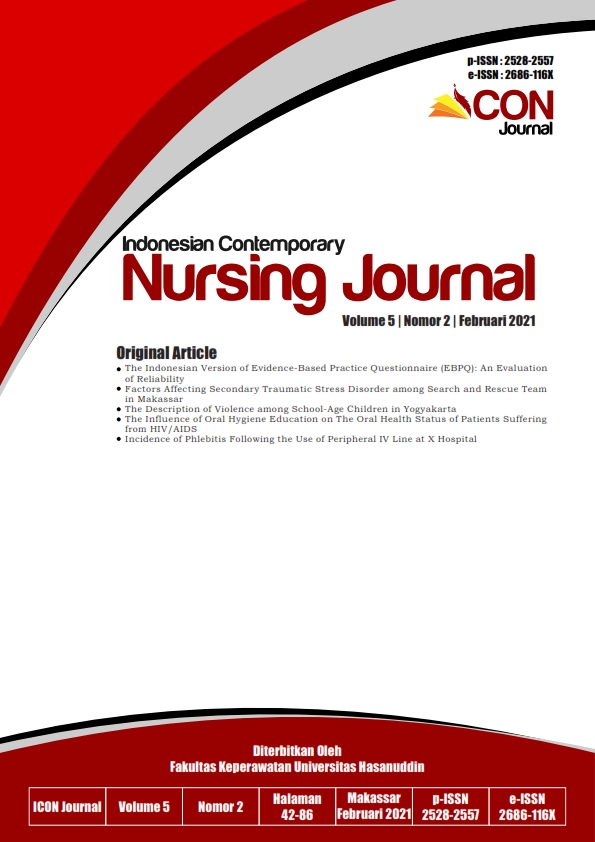Perspective Review: The Influence of Gait Efficacy on Improving Physical Activity in Community-Dwelling Older Adults
Keywords:
Gait Efficacy, Older Adults, Perspective Review, Physical ActivityAbstract
Aging appears to be associated with a rise in the prevalence of inactivity. The Covid-19 pandemic was also reported associated with physical functioning and fall outcomes, with the greatest effect on individuals with reduced physical activity and social. Therefore, the elderly as the most populous group vulnerable need serious attention. Gait efficacy is defined as an individual’s perception of their level of confidence in order to perform safe walking tasks. Increasing older adults' gait-related self-efficacy is potentially necessary in order to promote self-regulation of physical activity and initiate the development of good physical activity habits as early prevention of disuse syndrome or inactivity in older adults.Downloads
Download data is not yet available.
Dimensions
Published
2023-08-25
How to Cite
Nur Amalia, R. (2023). Perspective Review: The Influence of Gait Efficacy on Improving Physical Activity in Community-Dwelling Older Adults. Indonesian Contemporary Nursing Journal (ICON Journal), 8(1), 4-6. https://doi.org/10.20956/icon.v8i1.28183
Issue
Section
PERSPECTIVE
Copyright & Licensing
Authors who publish with this journal agree to the following terms:
Authors retain copyright and grant the journal right of first publication with the work simultaneously licensed under a Creative Commons Attribution License that allows others to share the work with an acknowledgement of the work's authorship and initial publication in this journal.
Authors are able to enter into separate, additional contractual arrangements for the non-exclusive distribution of the journal's published version of the work (e.g., post it to an institutional repository or publish it in a book), with an acknowledgement of its initial publication in this journal.
Authors are permitted and encouraged to post their work online (e.g., in institutional repositories or on their website) prior to and during the submission process, as it can lead to productive exchanges, as well as earlier and greater citation of published work (See The Effect of Open Access).
Authors retain copyright and grant the journal right of first publication with the work simultaneously licensed under a Creative Commons Attribution License that allows others to share the work with an acknowledgement of the work's authorship and initial publication in this journal.
Authors are able to enter into separate, additional contractual arrangements for the non-exclusive distribution of the journal's published version of the work (e.g., post it to an institutional repository or publish it in a book), with an acknowledgement of its initial publication in this journal.
Authors are permitted and encouraged to post their work online (e.g., in institutional repositories or on their website) prior to and during the submission process, as it can lead to productive exchanges, as well as earlier and greater citation of published work (See The Effect of Open Access).

